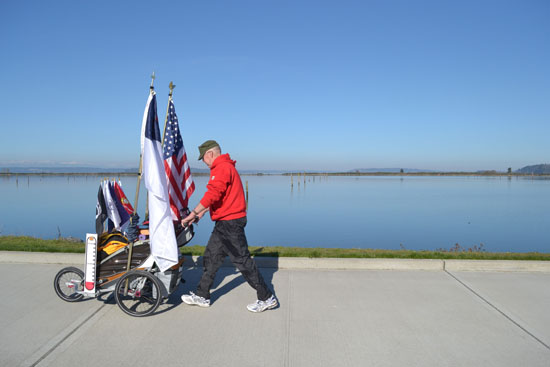By Chase Cook, News21
Mike Purcell is searching for 36,135 faces. He has found 2,109.
“Putting a Face on Suicide,” is a Facebook page that Purcell hopes will break the stigma surrounding suicide. The page features albums of 99 faces and allows family members and surviving families to grieve and remember together.
“You need to have some sort of remembrance of you,” Purcell said. “There is no shame in suicide…I didn’t want anyone not to be remembered.”
Purcell started the site after his son, Christopher Purcell, 21, died by suicide in 2008. Christopher was in the Navy and stationed in New Brunswick, Maine.
More active duty military died by suicide in 2012 than those killed in Afghanistan, according to the U.S. Department of Defense. An estimated 22 veterans die by suicide daily, according to the Department of Veterans Affairs.
Nobody wants to talk about suicide, Purcell said, especially in the military where members are taught to “suck it up and move on.”
The Facebook page is full of activity, with families posting small memorials after someone dies or on the suicide victim’s birthday.
Albums posted sometimes have themes, such as the military tribute. The album shows veterans and active duty military personnel who died by suicide. Some photos are accompanied by notes from loved ones.
Karen Heisig submitted a photo of her husband, Maurice Heisig, who died by suicide in 2006. “Mo,” she called him, had left the service to take care of his ailing father.
“If someone had suggested that Mo would end his life, they’d have been laughed out of the room, despite the fact that his younger brother died by suicide in 1999,” Heisig posted on Facebook.
Purcell plans to continue running the Facebook page until he gathers all 36,135 faces, which means one album of 99 portraits for each day of the year. However, the site is on day 22 and has been active since January 2011. Purcell said he might have gone overboard, but running the site has its own rewards.
“Every day I get some sort of nice email from one of the families saying how much comfort and how helpful our website has been to them in their recovering from their grief,” Purcell said.
“It has been part of my healing to help these other families.”
Click here if you want to submit a photo to the Facebook page.




